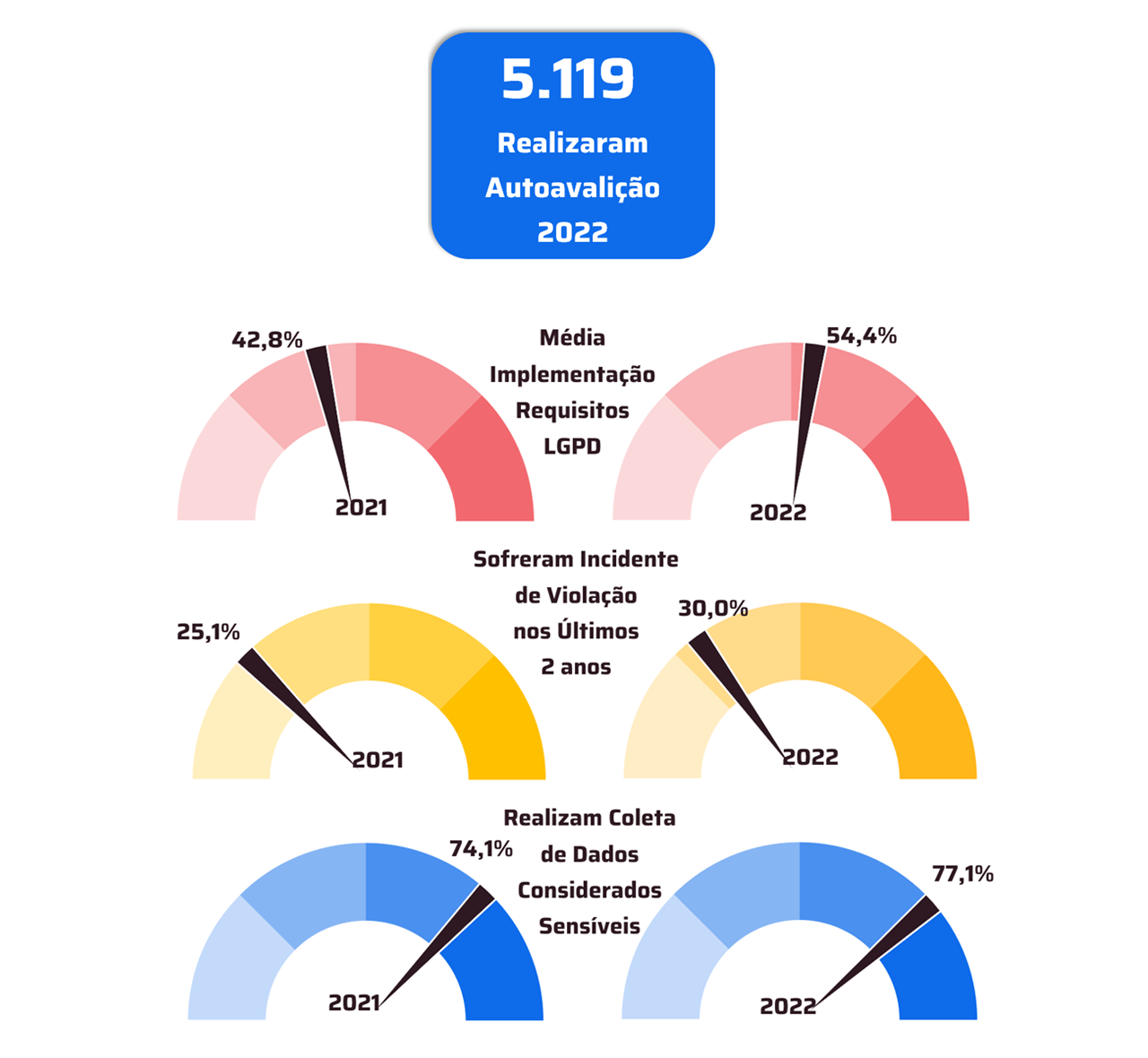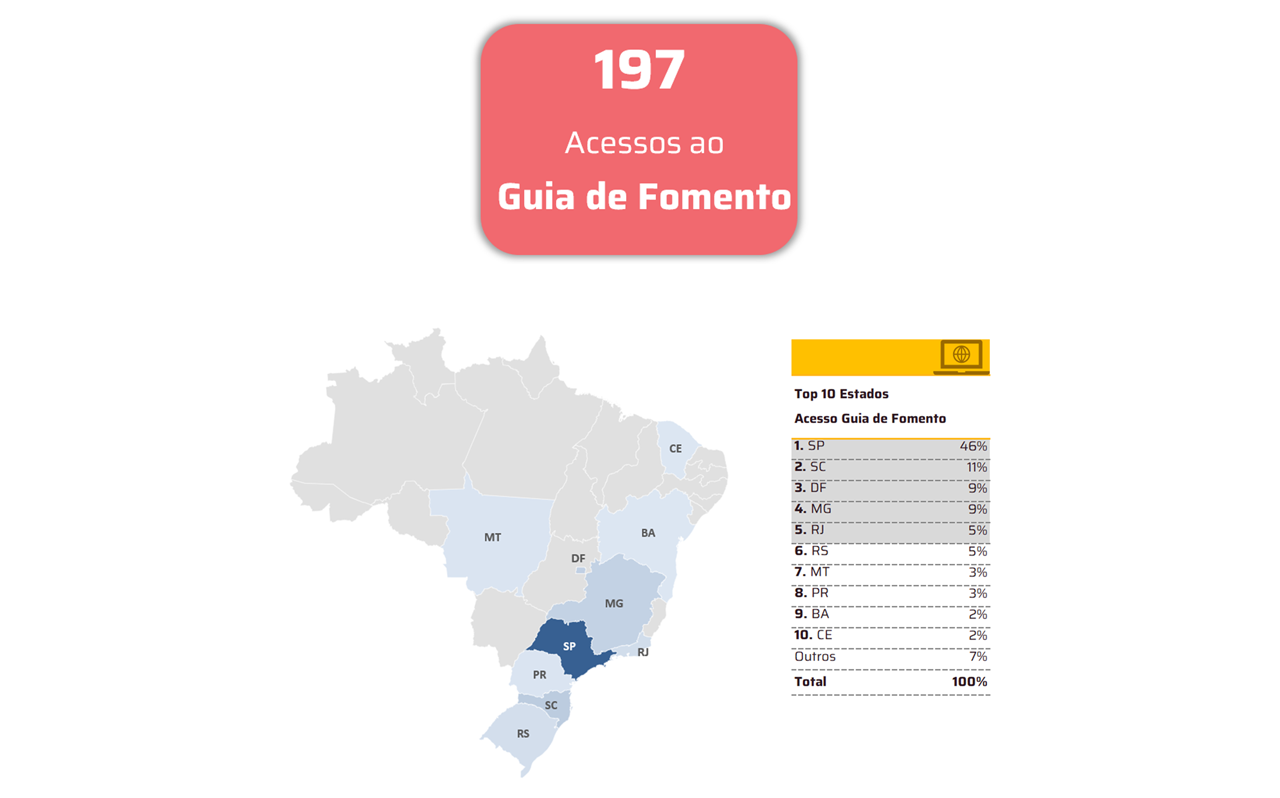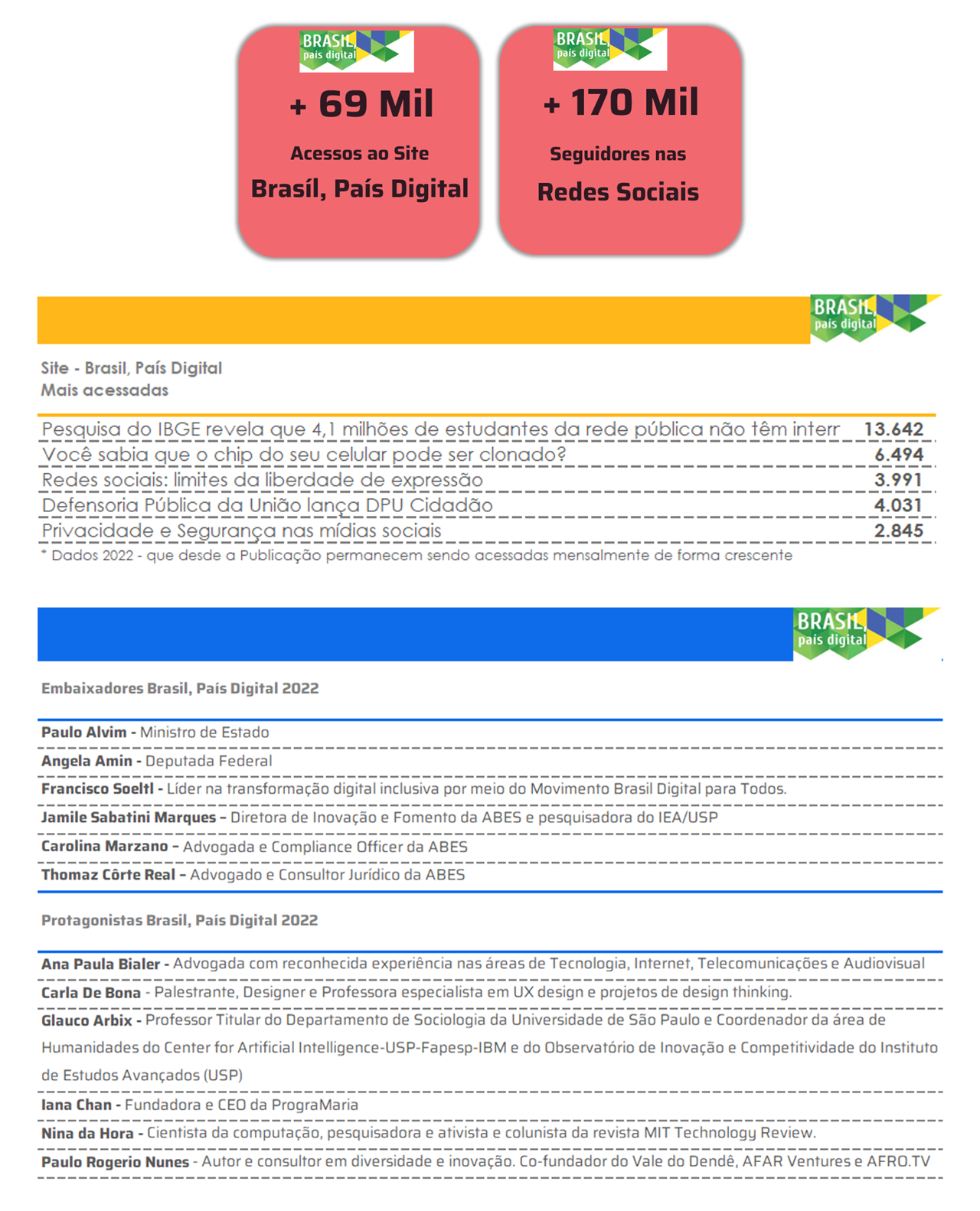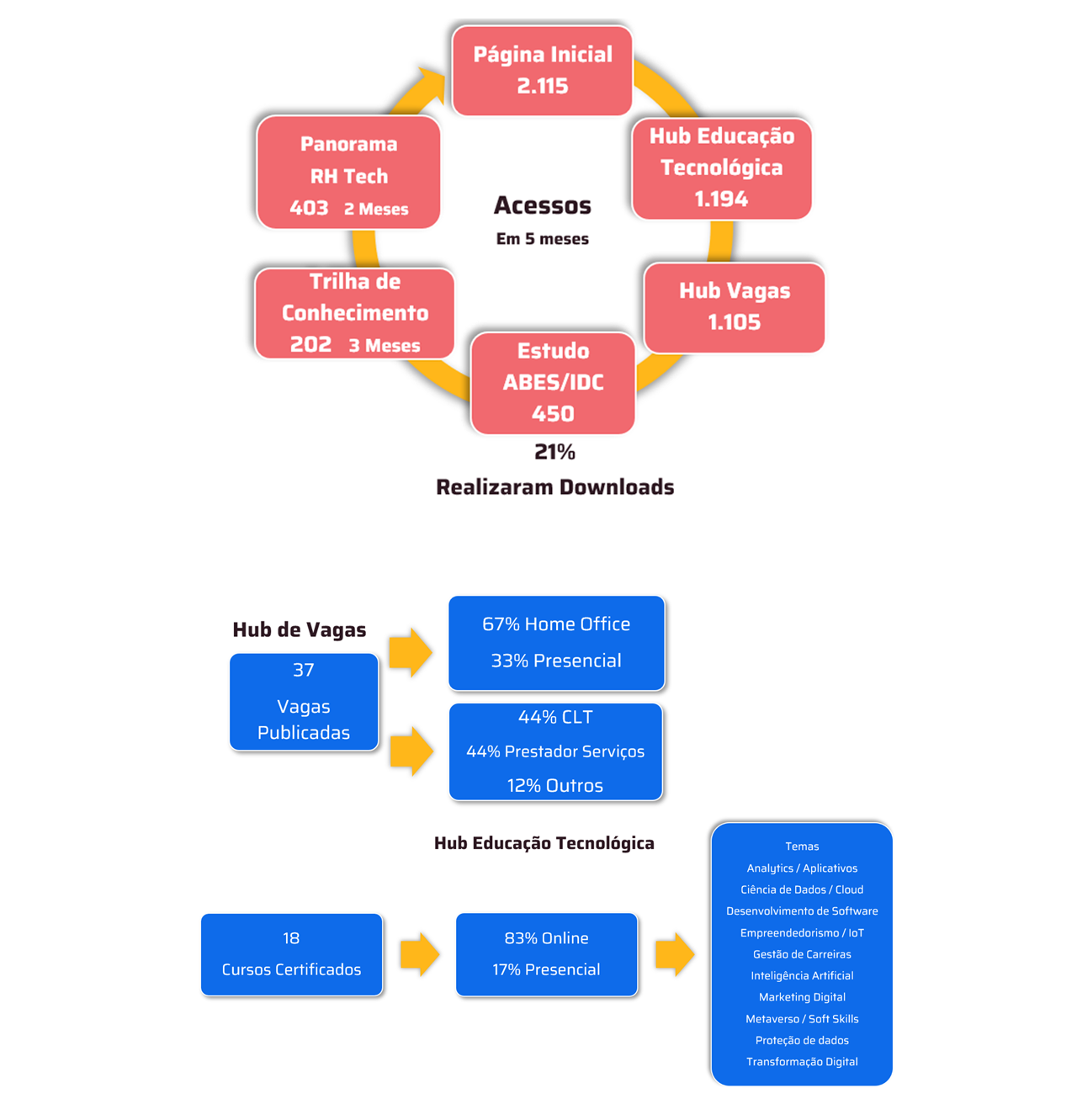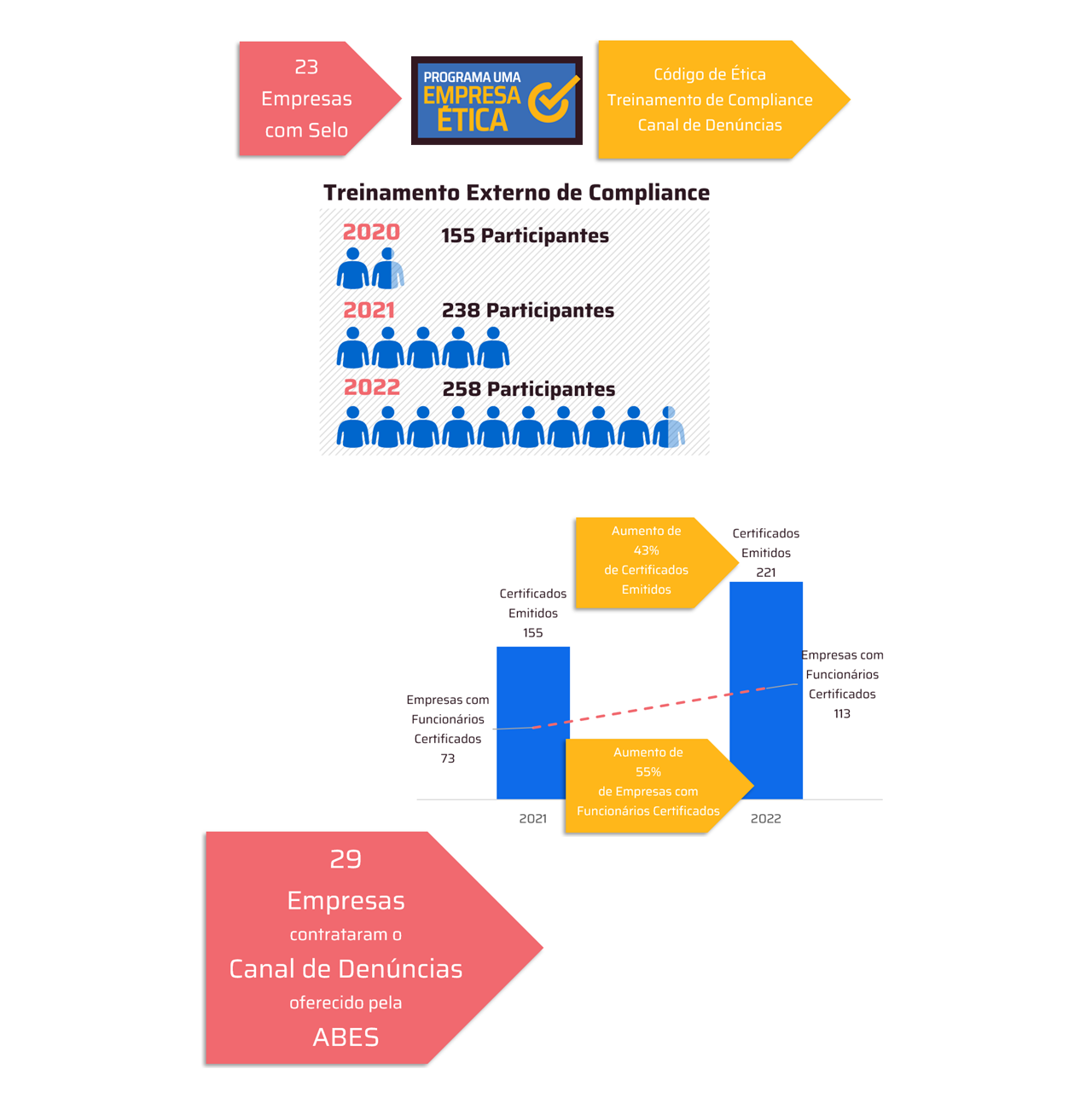Global spending on Public Cloud services to exceed US$ 480 billion next year
Four trends in Cloud Computing continue to expand and accelerate the growth of the Public Cloud market across all its service segments, predicts Gartner, Inc., world leader in research and advice for companies. According to research, the four trends are: Cloud ubiquity, regional Cloud ecosystems, sustainability and Cloud with “carbon-smart” and automated programmable infrastructure from Cloud infrastructure and platform providers (CIPS).
As a result, the global adoption of the Cloud will continue to expand rapidly. Gartner predicts that global end-user spending on Public Cloud services will reach US$ 396 billion by 2021, and will grow another 21.7% to reach US$ 482 billion by 2022. By 2026, Gartner predicts Public Cloud spending will exceed by about 45% all corporate IT spending, against less than 17% in 2021.

Henry Cecci
“The economic, organizational and social impact of the pandemic will continue to serve as a catalyst for digital innovation and the adoption of cloud services,” says Henrique Cecci, Senior Director of Research at Gartner. “This is especially true for use cases like collaboration, teleworking and new digital services to support a hybrid workforce.”
1) Omnipresence of the Cloud (Cloud Ubiquity) – Today, Cloud environments support most technological innovations, being essential for the construction of combinable deals even in times of uncertainty, thanks to resilience, scalability, flexibility and speed. Hybrid, MultiCloud and Edge Computing environments are growing and paving the way for new Distributed Cloud models. In addition, new advances in wireless communications, such as the 5G R16 and R17, will take the adoption of the Cloud to a new level of usage that is broader, deeper and more ubiquitous. Use cases like improved mobile banking experiences and healthcare transformation will also emerge.


Brandon Medford
“Organizations are advancing their timelines on digital business initiatives and moving quickly to the Cloud in an effort to modernize environments, improve systems reliability, support hybrid working models and address other new realities driven by the pandemic,” says Brandon Medford, Senior Analyst at Gartner.
2) Regional Cloud Ecosystems – Growing geopolitical and regulatory fragmentation, as well as industry protectionism and compliance are driving the creation of regional Cloud ecosystems and new verticals and data services. Financial and public sector companies are looking to reduce critical blockages and single points of failure with their Cloud providers outside of their countries. Regions unable to create or sustain their own platform ecosystems will have no choice but to leverage platforms created in other regions and resort to legislation and regulation to maintain some level of control and sovereignty. Concerns among politicians, universities and technology providers in these regions are increasing, leading to initiatives such as the GAIA-X in European countries.
3) Sustainability and Cloud “Carbon-Smart” – Almost half of respondents in the Gartner CEOs Survey 2021 believes that climate change mitigation will have a significant impact on its business. Cloud vendors are responding to this growing focus on sustainability by instituting more aggressive carbon-neutral corporate goals, which poses new challenges for infrastructure and operations (I&O) leaders. “New sustainability requirements will be required in the coming years and the choice of Cloud service providers may depend on the provider's 'green' initiatives,” adds Cecci.
4) Programmable and automated infrastructure from cloud infrastructure and platform providers – Gartner expects broad adoption of fully managed and enabled Cloud services for Artificial Intelligence (AI), Machine Learning (ML – de Machine Learning, in English) from hyperscale infrastructure and platform service providers. This will quickly eliminate the operational burden of traditional I&O functions in the Public Cloud. “The infrastructure is becoming programmable and its operation is becoming automated,” observes Cecci. "Modern IT infrastructure, deployed in the data center or consumed in the Public Cloud, requires less manual intervention and routine administration than its legacy counterparts."





